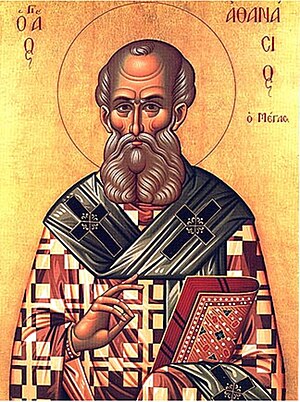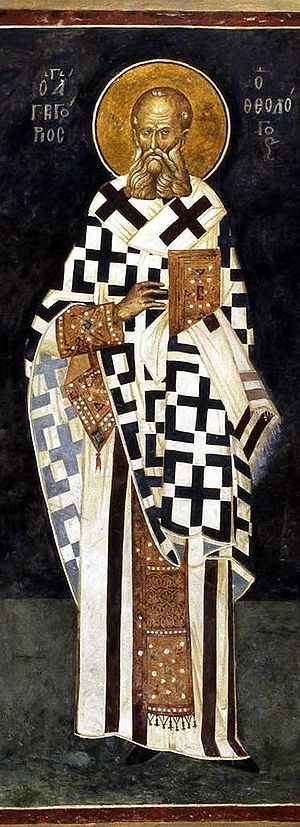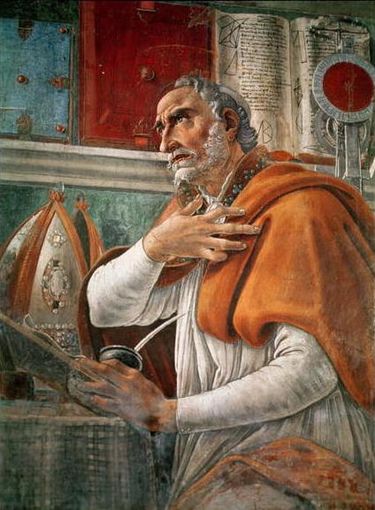With the coming of Brood II of the
Magicicada species, the Periodical Cicadas, this blogger has had the opportunity to take some photographs and video of this remarkable natural occurrence. In the photos and videos that follow, I present all three of the species of 17-year
Magicicada, and all of these images were taken by the blogger in Prince William County, Virginia. If one with more expertise detects any erroneous identification of species, do please let me know!
Magicicada septendecim
(N.B.,
Magicicada.org: M. septendecim)
The most common of the three 17-year Cicadas of the genus
Magicicada is
Magicicada septendecim. They are characterized by their "alien drone" like call, as heard rather clearly in the following video:
Individually, the call sounds like this:
The M. septendecim are a stout little bug, that has yellow markings on the abdomen:
Like all Magicicada species,
Magicicada septendecim first emerge from the ground as nymphs, as you see pictured here:
Once they reach a suitable place, the molting process takes place:
The newly emerged adult has a ghost-like complexion until the exoskeleton dries:
With hundreds emerging at once, and not every molt successful, a great deal of litter can be left behind:
For those that do succeed, they climb up, and it is in the leaves that they gather, sing (at least the males), mate, and lay eggs (for the females):
When they reach their peak in the trees, you can see them swarming about in some numbers, as you can detect in this video, if you view it in full-screen mode:
Here is a close up shot of a female
M. septendecim using her ovipositor (the black tube coming from the abdomen) to lay eggs on a stem:
I also happen to have video of egglaying:
Magicicada cassini
(N.B.,
Magicicada.org: M. cassini)
The second most common species, at least from this blogger's observations in Northern Virginia, seems to be the diminutive
Magicicada cassini. Noticeably smaller than
M. septendecim, M. cassini, are characterized by their buzzy call, reminding one of the annual Cicadas of the genus
Tibicen. They seem to favor singing in the afternoon, and their chorus is seldom heard without
M. septendecim in the background. Listen to the buzz of
M. cassini in this video, recorded at the Brentsville Courthouse historic centre:
In appearance,
M. cassini is not only smaller, but it also has a jet black abdomen, making it easy to distinguish from the other two species:
While not seemingly as numerous, the little Cassini are, with the tone of their choruses, easier to hear from a moving car!
Magicicada septendecula
(N.B.,
Magicicada.org: M. septendecula)
The third species of 17-year
Magicicada is the most recently described:
Magicicada septendecula. Closer in appearance to
M. septendecim,
M. septendecula also seems to prefer to sing in the later afternoon, and it can be detected by the popping sound of the end of its call. It begins with a wild buzzy sound, but that tapers to a popping that reminds this blogger of an Angle-wing Katydid.
While only hearing them up in trees, and having not been able to capture of photograph any, I believe I have a decent recording of one in the following video. Of course, the drone of the
M. septendecim is prominent, but listen for the buzzing and popping of M.
septendecula. You might listen to this professional recording first to note what you are listening for:
M. septendecula call
Here is my video of this third species -- listen carefully!:
So, with a short time of the Brood II appearance left, enjoy them while you can, if you are so fortunate to have them in your area.
For tips on what to look for when taking your own photos of these three species, you should note this article:
http://www.cicadamania.com/cicadas/tips-for-photographing-adult-magicicadas-for-identification-purposes/
Next year, it will be off to Iowa for Brood III if you want to observe these fantastic insects.
I leave you with two wonderful videos that I can take no credit for. Follow the links and enjoy!
"Return of the Cicadas" Video
"Meta Morphosis" Video
Live well!




















